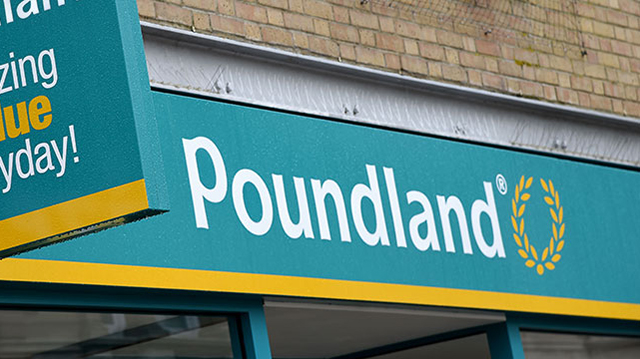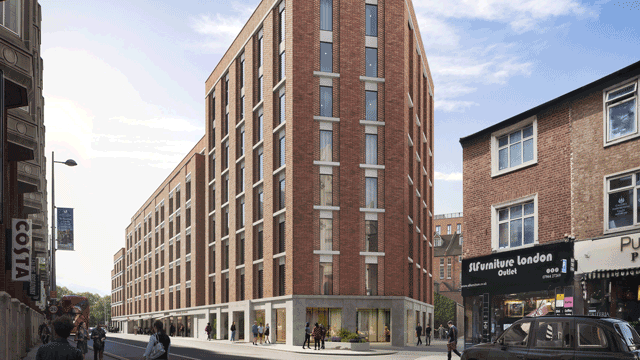by Boris Feigl
The EC will form one large economic market after 1992, where it will be possible to operate in any of the 12 countries as a professional or as a contractor. In theory there will be no insurmountable problems to working in the respective countries, but will this be so in practice? Will the new Europe be like the United States? No — there are too many basic differences, such as languages, laws and customs.
In order to operate effectively one must be fluent in the operative language; understand the basic laws applying in the relevant business sector; and understand local business procedure and custom.
These are the fundamental requirements for working within the EEC.
In considering the building market, one should look at the similarities and the differences in the various countries.
In the past two decades there was contact between professionals and contractors from European countries working in the Middle East. The way in which these companies tackled the projects showed up many differences in design, technology, mentality and approach.
European professionals
A European architect carries out similar design functions to his British colleague, but, in addition, is generally also responsible for the quantity surveying services of cost planning, tender documentation and cost control with the actual constructual management on site. His legal responsibilities and liabilities to the client are far greater than those of his counterpart in Britain.
The structural engineer fulfils an important role because he is liable for the structural design. In Germany, for example, planning permission will not be given until the calculations have been checked by an engineer appointed by the authorities.
The use of specialist engineers for mechanical and electrical services is a necessity in most EEC countries. The design and installation of the respective services is considered an important part of the building process. The respective services are checked in detail by the authorities before they issue the final certificate for the use of the building.
Quantity surveying in the British sense was unknown in Europe until the late 1960s, when the advantages were recognised in countries such as Germany, Holland and Switzerland. There is as yet no separate profession, but many specialist indigenous firms have been formed to carry out these services.
Project management became recognised as a necessary activity in the building process in the mid-1970s owing to the increased complexity of buildings and services. In Germany, for instance, the federal fee-scale for architects and engineers (HOAI) has incorporated project management since 1977.
Contractors
England has had general contractors for well over a century, but European countries have, until quite recently, operated the trade contractor system. The growth of the general contractor has been most marked in France and Germany. With employment of individual trade contractors, sometimes up to 40 on one project, the architect has his hands full with construction management and clearing the defects which appear after completion of the project.
This is not the case where a general contractor is used who carries out the construction management. The cost to a client is generally higher, but he receives guarantees on cost, time and quality. The contractor’s liability in Europe for defects is between two and five years.
Building practice
Apart from the differences in the responsibilities of the professionals and of the contractors in Europe, the following major points vary from the practice in Britain:
Contract law is generally clearer, simpler and easier to enforce; building law and specifications vary greatly regarding the requirements for mechanical and electrical services, environmental measures and general finishings; professional fees are similar in total, but generally more specialists and consultants are co-opted into the planning team; local authority fees and charges for planning permits and inspection are rather high.
Some of the differences are of course due to the different climatic conditions. Examples are the plumbing systems, the external claddings, roof coverings and windows. Some of these differences are difficult for Continentals to understand, for instance the reason for outward-opening windows or separate hot and cold taps in Britain.
Responsibilities of the persons involved in the building process are more clearly defined and their legal liability is far greater than in the United Kingdom.
When a commercial or industrial client wants to build in the United Kingdom the procedure is clear. There are many firms of general practice surveyors, who advise on the location and the value of the prospective site. Once this has been purchased, the design team carries out the planning work and the contract is then let to a general contractor. All those involved in the process have a common language and similar mentalities.
What does the same client do when he wants to build in Spain, in France, in Italy or in Germany? There are agents in all these countries, but usually without the same qualifications as their professional UK counterpart. Very often, they also have other business interests which conflict with a pure professional role. Architects act as agents, developers, even general contractors, so that their relationship with the client can be quite different from that in the UK.
The structural and services engineers do, however, fulfil a similar role to their UK counterparts. The choice of contractors, either general or individual trades, is not always easy and depends on the market. An alternative is the letting of packages, covering for instance the structure with its envelope, the mechanical and electrical services and the finishings and fittings.
The building process in Europe is fast and usually well organised, to provide a quality development at completion. The handing-over process with its certificates and guarantees is far more complex than in the UK.
British professionals in Europe
In the 1970s many British consultants went into France, Belgium, Holland and Germany with UK developers. There were only a few firms of general practice surveyors and quantity surveyors who opened permanent offices in Europe to serve both indigenous and international clients.
We established our first European offices in Switzerland and Germany 20 years ago and successively opened practices in Spain, Belgium and Portugal. From these bases, we have also managed a number of projects in France and Italy.
It was clear that we, as quantity surveyors and project managers, would not be able to change the overall system in the respective countries, but could fill the gaps where deficiencies were apparent. The latter are basically a lack of systemised cost planning and control and tender documentation, which often does not reflect the content of contract drawings and specifications. This results in numerous changes and big cost overruns. With a large number of consultants employed on a project, together with the European client’s reluctance to make decisions at the right project stage, project management services were clearly called for. With project management and specialised quantity surveying services, it was possible to fill deficiencies in the local project procedures. In Germany, it was possible to introduce an “elemental cost list” into the respective DIN standards and to integrate some of the quantity surveying and project management services into the official HOAI fee scale.
Our professional firms in the various European countries carry out feasibility studies, demographic surveys, project evaluation and quality control in addition to the aforementioned project management and quantity surveying services.
The staff employed in our European offices include architects, structural and services engineers, together with quantity surveyors who have made their homes on the Continent. All our staff in Germany, for instance, are project managers who are qualified university graduates with experience in design, tender documentation and construction management.
Our clients are commercial and industrial firms from the private sector, public authorities with special projects and international developers, industrial and commercial firms.
Some of the projects with which we have been involved include: the new airport MUC 2, Munich; Wallraff Richartz Museum and Concert Hall, Colgone; BMW showrooms, workshops and offices, Brussels.
Why use a project manager and quantity surveyor in Europe, when some countries have managed very well without them — or have they?
Some of the more notorious European projects which overshot their programmes and budgets are the regional clinic in Aachen, the Olympic stadium roof in Munich and the new German federal parliament buildings in Bonn, where costs have almost doubled, although the structure is not yet complete.
In all these and many other cases, it would have been wise to use an effective project manager and cost controller. One can only speculate if doing so would have changed the result, but at least there would have been somoone else to blame!
How will 1992 affect the building market?
There is great euphoria in the United Kingdom regarding 1992 and the big trading market which will come into being. So far as the building process is concerned, with design and construction work, it is unlikely that firms will simply jump across the water and operate in other EC countries.
The impression that Continentals have just been waiting for us will quickly be dispelled. Imagine an influx of European professionals and contractors appearing in the UK, with the intention of starting up operations overnight. Not possible, one would say. The same applies to UK firms wishing to operate on the Continent.
Co-operation and amalgamations between existing firms in various countries will permit professionals to offer services to their clients in other countries. In any event, they will find that there is no substitute for local know-how, contacts and practical experience.










